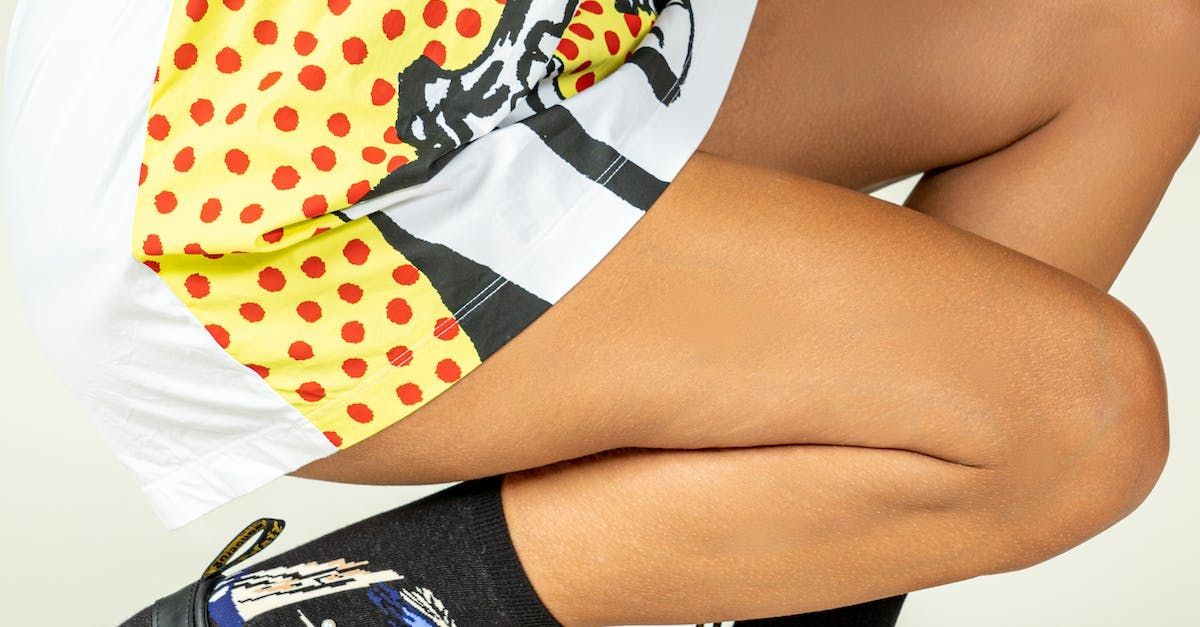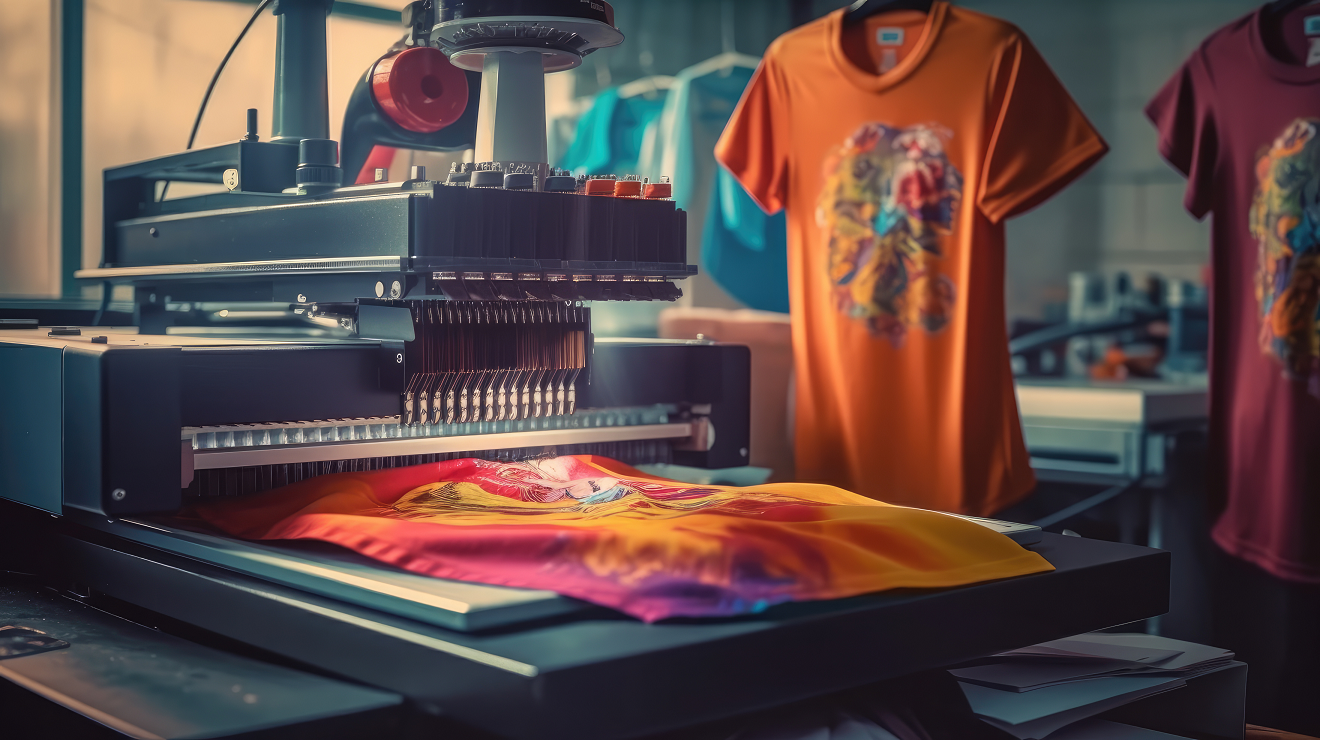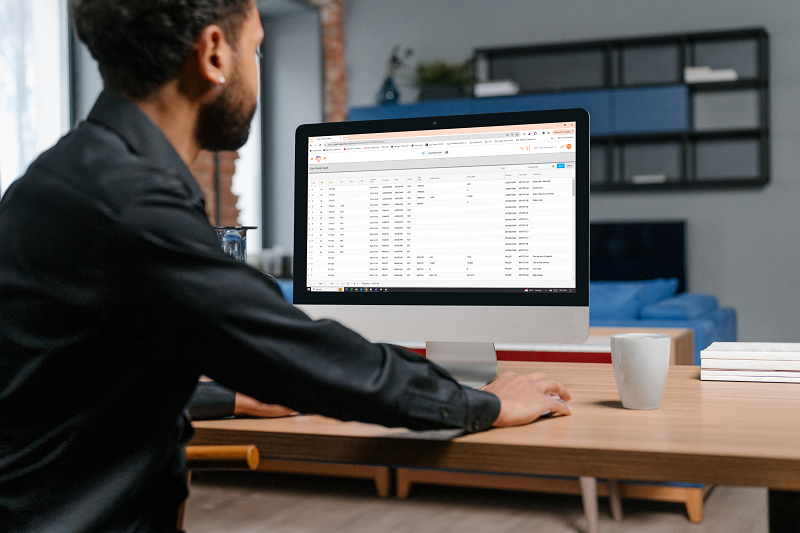Trends in Sustainable Apparel Manufacturing
Published: March 02
Sustainability is one of the biggest buzzwords in the manufacturing industry today. A recent study found that 66% of consumers worldwide and 64% of consumers in North America prefer to buy products and services from firms that give back to society. The same study found that environmental sustainability topped the list of concerns from consumers, with 66% of respondents saying it was their primary issue.
Recent advances in apparel enterprise resource planning (ERP) software make it easier than ever to keep track of your manufacturing processes, as well as implement changes that will help you win over the 66% of consumers who care deeply about sustainability. Best of all, making your manufacturing processes more sustainable can keep more money in your pocket and beef up your bottom line. Make sure you’re making the most of your apparel ERP and not missing out on the two biggest trends in sustainable apparel manufacturing:
1.) Sustainable Sourcing. One of the easiest ways to get your company on the sustainable track is to do a little research into the sourcing of your raw materials. Many popular materials are resource-intensive to cultivate and harvest. For example, cotton is used in 50% of all apparel manufactured, but requires a huge amount of water and pesticides to be properly cultivated. Some companies have attacked this issue by making the move to so-called bt cotton, a genetically modified cotton strain that is naturally resistant to insects and reduces the need for pesticides. Unfortunately, many environmentally-conscious consumers are as afraid of genetically modified organisms as they are of environmental catastrophe.
If you rely heavily on cotton or other environmentally costly textiles, consider trying some popular alternatives – hemp, soy, and bamboo are all far less resource-intensive than cotton, and can produce beautiful textiles. You can use your apparel ERP to keep track of all your sourcing purchases – with extreme granularity – to make sure you’re sourcing sustainably.
2.) Sustainable Manufacturing Practices. Switching to sustainable manufacturing practices can not only save you money by reducing your water, power and electricity use, it also provides a valuable edge when it comes to marketing your garments. Your apparel ERP system should allow you to track and analyze every step of your process, helping you to determine where you can make the most effective changes.
Blowing your budget on water? Maybe it’s time to implement a system like AirDye, a process that allows you to print or dye your garments using no water whatsoever. Losing money on wasted scraps of textiles that never make it to the retailer? A shocking 15% of all fabric is discarded in the course of manufacturing a typical garment, and “zero waste” may be the solution – it’s the apparel industry’s answer to the “snout to tail” approach so many high-end gourmets have been taking in the past few years. With some smart planning, you can stop wasting valuable money on fabrics that end up in the trash.
If you’re just starting to use your apparel erp system to track the sustainability of your business or if your system doesn’t have the tools you need to start manufacturing sustainably, Apparel Business Systems can help! Our apparel ERP software is purpose-driven to help garment manufacturers manage and analyze every step of their process. Contact us today to find out how.


We will get back to you as soon as possible.
4325 Alexander Drive, Suite 100
Alpharetta, GA 30022-3740
Apparel Business Systems | All Rights Reserved









